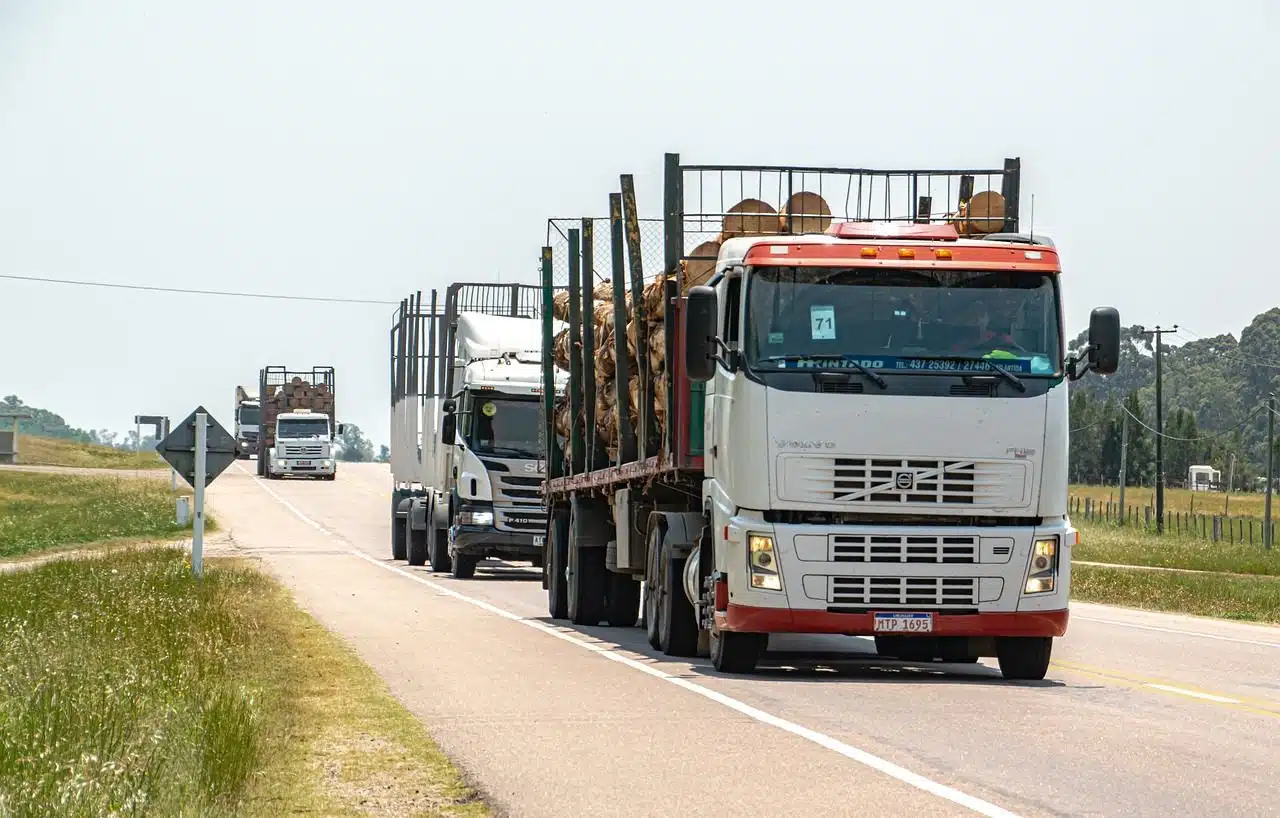
The terrestrial relief is the surface shape that the Earth's crust presents.
Terrestrial is a term that came to our language from terrestris , a word from the Latin language. It is an adjective that refers to that linked to the planet Earth or to the earth as a surface or soil .
For example: "More food is produced on the Earth's surface than humanity needs: however, due to poor distribution, many people die from malnutrition" , "In this region there are few land animals" , "Land transportation continues to lose ground due to the rise of economic flights .
Different uses of the term terrestrial
Terrestrial, therefore, is a term that can be applied in multiple areas. The idea of land surface , in this sense, usually refers to the surface area of the continents and islands of our planet. The terrestrial relief , for its part, mentions the superficial shape that the Earth's crust acquires, whether emerged or under the sea.
Many times what is terrestrial is understood in opposition to other notions. To talk about earthly matters , to cite one possibility, is to refer to those things that have nothing to do with spirituality or the abstract, and in this case it can be considered a synonym for the adjective "earthly": "Please don't talk to me about God." nor of the saints: I am interested in solving my earthly affairs with practical and real measures .

Land transportation takes place on the surface.
A type of transport
Land transportation , on the other hand, is that which takes place on the surface (through roads , highways, railways, etc.). Air transport and water transport, on the other hand, use other means.
Although most land transportation is carried out by means of vehicles on wheels, motorized or not, humans have exploited various animals for centuries to move and carry their possessions from one point to another, something they continue to do today. despite being absolutely unnecessary. This treatment that horses, mules, donkeys and camels, among others, have received and continue to receive has always been unfair, and this injustice is much more accentuated given the technology we have today .
In the pre-Columbian period we find one of the first examples of interconnected routes that the Incas designed to transport their merchandise, something they did by themselves or with the help of llamas. It was not a complex or advanced system, but it was efficient enough to maintain a certain rhythm in its exchanges and avoid unnecessary delays.
Animal exploitation for land transportation is something that humans have practiced since time immemorial, although it began to decline with the arrival of the first railroad, at the beginning of the 19th century, in England . Motorized vehicles not only prevent mistreatment of other species, but also provide us with various advantages, such as a much higher maximum speed and the possibility of crossing various types of terrain, under varied climatic conditions, without major complications.
As mentioned in a previous paragraph, the key element of most means of land transportation is the wheel , whether we are talking about an industrial vehicle or a cart that must be pulled by an animal. Thanks to this discovery, which took place more than five millennia ago , human beings began to move more easily to search for food, since their own strength did not allow them to carry all their belongings with them .
Extraterrestrial concept
Extraterrestrial , finally, is that which does not have its origin on Earth.
This concept usually refers to the supposed living beings that are not born on our planet , a meaning used in numerous fictional stories, although it also serves to talk about any material or object that comes from outer space.
